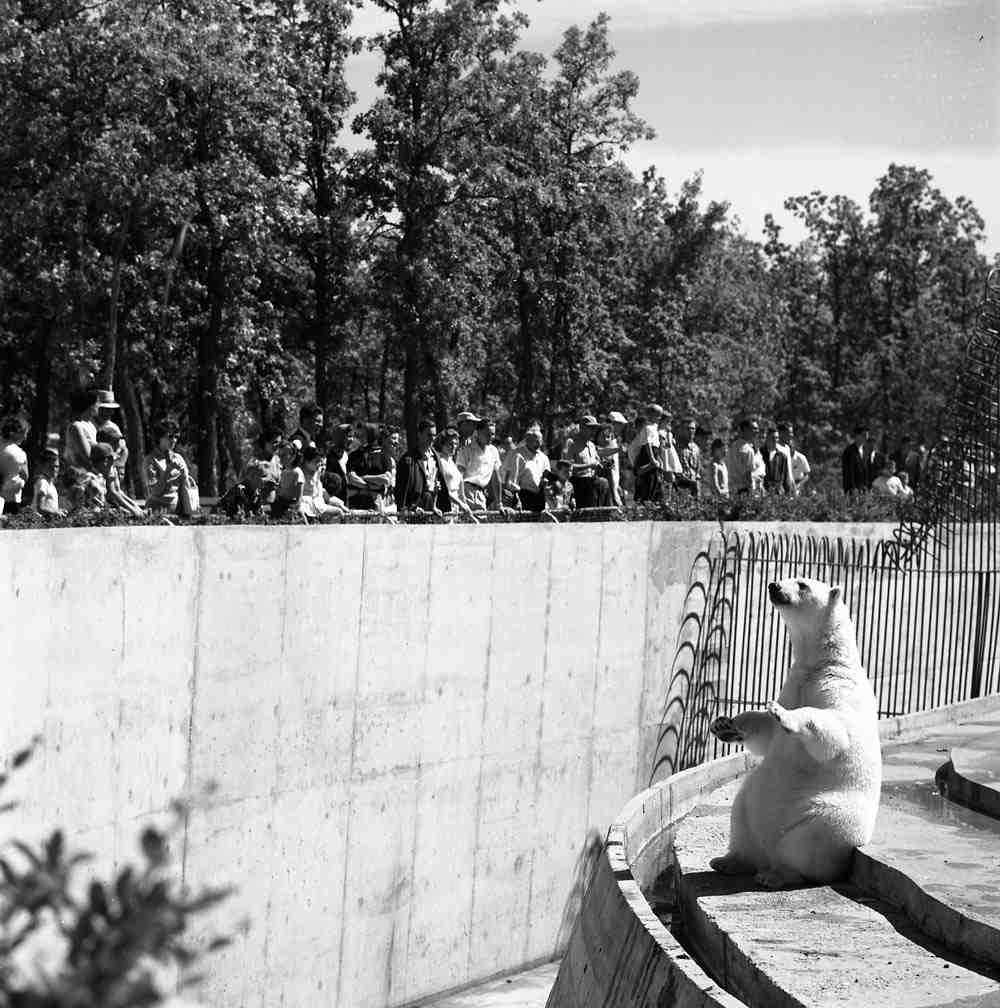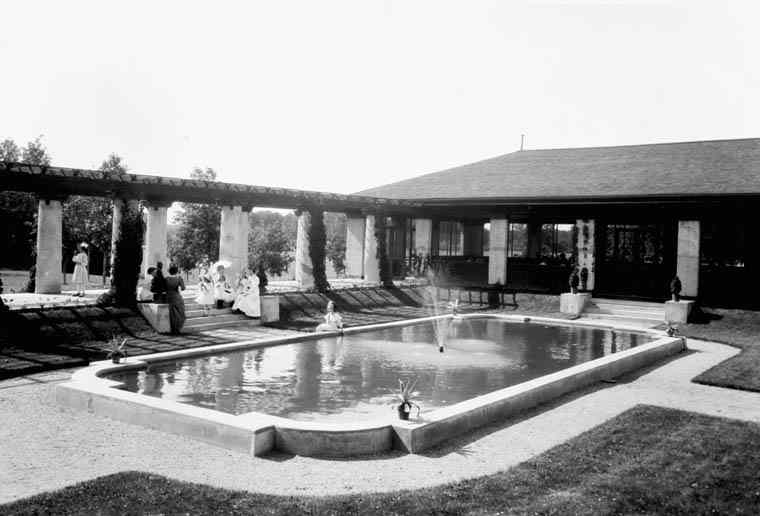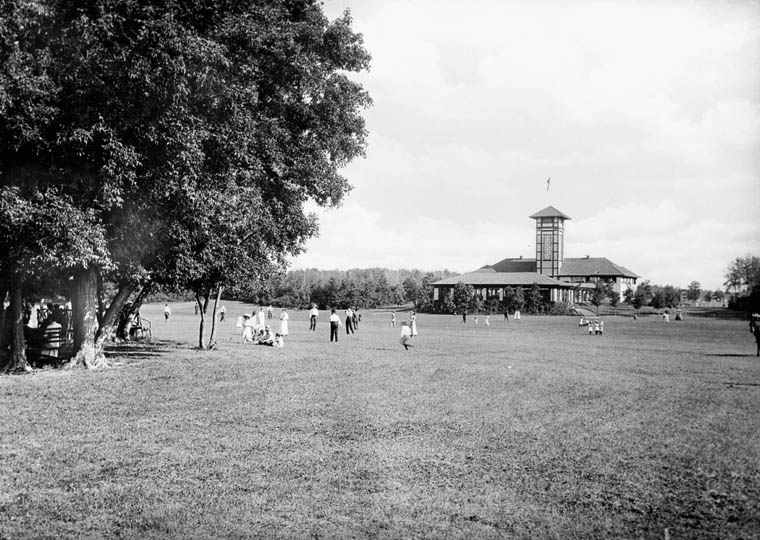Assiniboine Park and Zoo National Historic Event

© Library and Archives
The Assiniboine Park and Zoo was designated a national historic event in 2016.
Commemorative plaque: no plaque installedFootnote 1
Established in 1904, the combined Assiniboine Park and Zoo formed the centrepiece of Winnipeg’s innovative and forward-looking urban park system. The park, designed by Frederick Todd, reflected the city’s aspirations as a growing prairie metropolis and gateway to the Canadian West. Connecting city dwellers with nature, the park’s expansive green spaces, gardens, and oldest extant zoo in Canada demonstrate an evolving recognition of the importance of conservation. A pavilion, duck pond, and the Leo Mol Sculpture Garden are other distinguishing features of this well-maintained and dynamic park and zoo, which continue to thrive today.
Heritage value
Assiniboine Park and Zoo was designated a national historic event in 2016 for the following reasons:
- established in 1904, and born of boosterism and reform movements in the North American West, Assiniboine Park and Zoo represents a defining episode in urban park development in Canada’s rapidly growing cities during the late 19th and early 20th centuries. With Winnipeg’s aspirations to be the gateway to the Canadian West, the city’s park planning policy, from which the park was created, illustrates an innovative approach in Canada at the time for emphasizing a system of parks throughout the city as essential services for the enjoyment and recreational benefit of its citizens;
- this rare surviving example of a combined park and zoo remains a thriving and dynamic urban park, site of celebrated local landmarks, such as the Pavilion and Conservatory, sculptures, floral gardens, and sports facilities. Maintained with pride for over a century, it has successfully evolved adapting to the changing needs of its citizens;
- the park’s zoo, an original component of the park and the oldest remaining zoo in Canada, recount the ongoing educational purpose of the park, and speaks to the changing relationship between humans and animals, demonstrating how western societies have organized, experienced and understood the natural world during the 20th century.

© Albertype Company/Library and Archives Canada/PA-032693

© Albertype Company/Library and Archives Canada/PA-031552
Source: Historic Sites and Monuments Board of Canada, Minutes, December 2014
The National Program of Historical Commemoration relies on the participation of Canadians in the identification of places, events and persons of national historic significance. Any member of the public can nominate a topic for consideration by the Historic Sites and Monuments Board of Canada.
- Date modified :